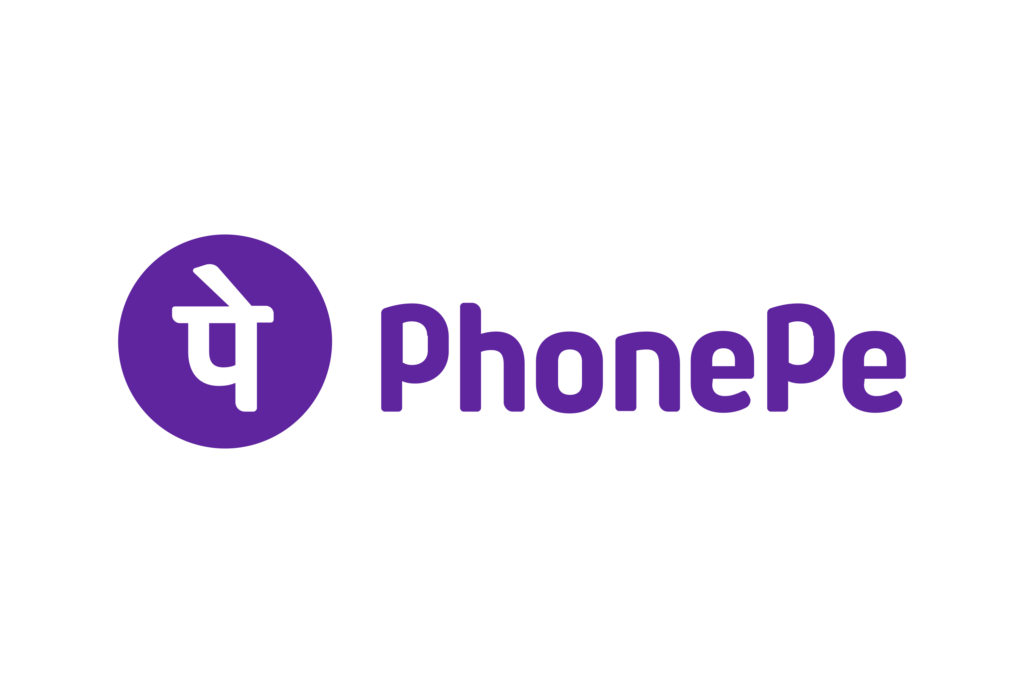On August 10, 2022, the global networking giant Cisco confirmed a significant data breach that began on May 24, 2022. This data breach is a stark reminder of the persistent threat posed by social engineering and the sophistication of modern cyber attacks.
The incident involved the Yanluo Wang ransomware threat group, known for its ties to other notorious cybercrime groups such as Lapsus$ and UNC2447. This comprehensive guide delves into the details of the Cisco data breach, outlines the measures taken, and provides insights on preventing similar incidents of data breach.
Overview of the Cisco Data Breach
Timeline of Events:
- May 24, 2022: Initial breach through compromised credentials.
- August 10, 2022: Cisco publicly acknowledges the breach.
Method of Attack:
The attackers infiltrated Cisco’s network by exploiting the synchronisation feature in Google Chrome, which linked a Cisco employee’s personal Google account to their corporate password. Despite Cisco’s use of multi-factor authentication, the attackers employed voice phishing and SMS phishing tactics to deceive the employee into sharing their credentials, ultimately gaining network access.
Key Details of the Breach:
- Attack Vector: Credential compromise via social engineering.
- Threat Group: Yanluowang ransomware group.
- Data Compromised: No sensitive data reportedly stolen; pre-ransomware activities detected.
The Anatomy of the Breach: What Exactly Happened
Once the attackers gained entry through compromised VPN credentials, they moved laterally within Cisco’s network. Let’s break down the anatomy of this breach:
- Lateral Movement and Privilege Escalation
After initial access, the attackers employed tools to escalate their privileges. This allowed them to move laterally within Cisco’s network, accessing various systems and extracting more data.
- Data Exfiltration
While within the network, the attackers meticulously syphoned off data. The exact nature of the stolen data has not been disclosed publicly, but it is believed to include sensitive business information and proprietary data.
- Persistence Mechanisms
A troubling aspect of this breach was how the attackers maintained their access. They deployed backdoors and malware to ensure they could re-enter Cisco’s network even if the initial intrusion points were closed.
The Impact: What’s at Stake When a Tech Giant Gets Breached?
The ramifications of the Cisco data breach extend far beyond the company itself. When a tech giant like Cisco is compromised, it sends a shockwave through the entire technology ecosystem.
- Repercussions for the Tech Community
Firstly, this breach has been a wake-up call for the tech community at large. Cisco provides critical networking hardware and software solutions that are the backbone of many organisations’ IT infrastructures. A breach within their network signifies a potential risk for all entities relying on their solutions.
- Trust and Reputation
For a company like Cisco, trust is paramount. Following the breach, questions arise about the security of their products and services. Despite Cisco’s prompt and transparent disclosure, regaining trust is often a prolonged journey.
- Financial Implications
Though the financial impact of the breach might not be immediately visible, there are costs related to incident response, legal proceedings, and potential fines. Furthermore, affected stakeholders may seek compensation, further straining Cisco’s financial resources.
Diving Deeper: Techniques Used in the Attack
Phishing and social engineering were central to this attack, but other sophisticated methods played a role:
Exploiting Known Vulnerabilities
The attackers took advantage of known security vulnerabilities, which were not adequately patched. This highlights the importance of timely updates and patches.
Using Legitimate Tools for Malicious Purposes
A key characteristic of this attack was the use of legitimate administrative tools for malicious activities. This makes detection more difficult, as the tools themselves are not inherently malicious.
- PowerShell: Widely used for system administration tasks, but in this case, it was leveraged to execute malicious scripts.
- RDP (Remote Desktop Protocol): This allowed attackers to control compromised systems remotely.
- Mimikatz: A tool used for extracting plaintext passwords, hashes, PIN codes, and Kerberos tickets from memory.
Persistence via Backdoors and Malware
The attackers installed various backdoors to maintain access. These included:
- Malware: Custom-built malware was used to ensure persistence and facilitate data exfiltration.
- Backdoor Accounts: Creating hidden user accounts that grant administrative privileges without detection.
Comparison with Previous Incidents
| Event | Cisco Breach | Other Similar Breaches |
| Attack Method | Social engineering via voice and SMS phishing | Commonly email phishing |
| Data Accessed | No sensitive data stolen | Varied, often includes sensitive information |
| Response Time | Detected and contained within weeks | Often goes undetected for months |
Cisco’s Response and Mitigation
Following the discovery of the breach, Cisco undertook several measures to mitigate the impact and prevent future incidents:
- Immediate Containment: Rapid suspension of compromised accounts and network access.
- Enhanced Security Measures: Implementation of additional multi-factor authentication protocols.
- Community Support: Release of Clam AV detections for the backdoor used in the attack.
Lessons Learned from the Cisco Data Breach
The Cisco breach serves as a critical learning opportunity for organisations worldwide. Key takeaways include:
- Strengthen Employee Training: Regular training sessions to help employees recognize and respond to social engineering tactics.
- Enhance Email and Browser Security: Use of advanced security solutions that can detect unusual activities linked to credential theft.
- Robust Multi-Factor Authentication: Implementation of additional layers of security beyond SMS-based authentication, such as app-based or hardware token MFA.
Learning Time: What Can Be Gleaned from Cisco’s Incident
Every data breach, no matter how catastrophic, provides a learning opportunity. Here are some key insights that can help improve organisational security:
- The Need for Stronger Multi-Factor Authentication (MFA)
Even though MFA was in place, it was not foolproof in this instance. This underscores that MFA alone isn’t enough; organisations need to opt for more robust authentication mechanisms, such as biometric verification in conjunction with traditional methods.
- Comprehensive Employee Training
Phishing and social engineering succeeded because the attackers were able to convincingly manipulate Cisco’s employees. More thorough and frequent training can help employees identify and resist such tactics.\
- Regular Security Audits
Frequent and comprehensive security audits can help identify and mitigate vulnerabilities before they are exploited. Employing both automated tools and manual assessments allows for a more in-depth understanding of potential security gaps.
- Incident Response Plan
An effective incident response plan doesn’t just react to breaches but proactively mitigates their impact. Continuous updating and testing of these plans are crucial for preparedness.
Res-Q-Rity: Your Ally in Preventing Data Breaches
Res-Q-Rity offers a human-centric data loss prevention platform that significantly reduces the risk of data exposure in SaaS applications and AI cybersecurity consulting companies.
Features include:
- Training: Guides users towards secure choices in real-time.
- Advanced Data Access Control: Prevents privilege abuse by ensuring only legitimate, verified employees access company data.
How Res-Q-Rity Can Help:
| Feature | Benefit |
| Self-learning engine | Adapts to new threats automatically |
| Real-time remediation | Quickly addresses violations and secures data |
| User behaviour coaching | Educates employees on data security best practices |
Preventative Measures: Strengthening Your Organisational Defences
While it’s challenging to create an impenetrable defence, some measures can significantly bolster your security posture and minimise risks:
- Implement Zero Trust Architecture
The outdated perimeter-based security paradigm is insufficient nowadays. Instead, organisations should adopt a Zero Trust Architecture, which assumes that threats could come from inside or outside the network.
- Enhanced User Education
Beyond basic cybersecurity training, ongoing education helps to keep employees vigilant. Simulated phishing campaigns and regular security updates can be very effective.
- Advanced Threat Detection
Modern cyber threats require modern solutions. Investing in advanced threat detection mechanisms, like AI-driven anomaly detection, can help identify threats that traditional methods may miss.
- Use of Endpoint Detection and Response (EDR) Solutions
EDR solutions monitor endpoint and network events continuously to provide visibility into advanced threats, including those that traditional antivirus software might miss. This ensures more comprehensive monitoring and quicker response times.
- Comprehensive Multi-Layer Security
Incorporating a multi-layered security approach involves using a combination of firewalls, intrusion detection/prevention systems, endpoint protection, and more. Each layer adds a level of complexity that makes it harder for attackers to succeed.
- Patching and Update Management
Timely patching of known vulnerabilities is crucial. Implementing an automated patch management system can ensure that updates are applied promptly across all systems.
Conclusion
The Cisco data breach underscores the critical need for robust cybersecurity measures and proactive threat detection and response strategies. By leveraging advanced cybersecurity consulting companies like Res-Q-Rity and fostering a culture of security awareness, organisations can better protect themselves from the ever-evolving landscape of cyber threats. It’s not just about implementing technology but also empowering every employee to be a vigilant and informed defender against cyber attacks.
Click here, to know more about disaster recovery management.









